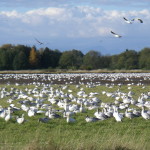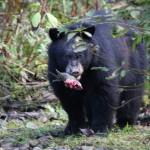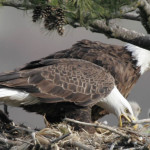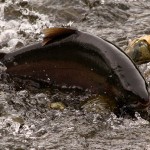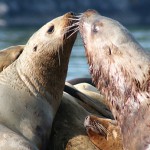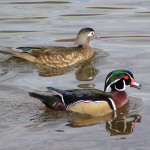biota
In the past, the Strait of Georgia was one of the most productive fishing regions in the province for chinook and coho salmon, but that changed dramatically in the 1990s. Catches that annually numbered in the hundreds of thousands to a million fish decreased to a mere tenth or less of those values and remain depressed through today. Regrettably, these losses have not been explained or addressed, and the public is increasingly concerned about the future of these salmon, the Strait itself, and the economic impacts on local communities.
Other notable ecological changes in the Strait include:
- A shift to an earlier and briefer growing season by the copepod Neocalanus plumchrus that has been ongoing since the 1970s. This copepod had historically been the dominant component of the Strait of Georgia zooplankton biomass in April and May, b
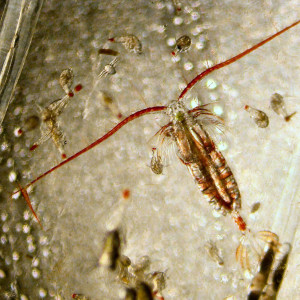 ut now reaches its annual peak well before most juvenile coho, chinook and sockeye enter the Strait.
ut now reaches its annual peak well before most juvenile coho, chinook and sockeye enter the Strait. - Herring, which have also declined in abundance in recent years, have shown range contraction of spawning sites, loss of early and late spawning times, and a steady decrease in size at age since the 1970s. There has also been a shift in vertical distribution of herring and coho feeding; fish now stay much deeper than they did as late as the 1980s.
- A significant decline in abundance of fish-feeding marine birds (Christmas bird census) that feed on the same small fishes as coho and chinook salmon.
- A significant ch
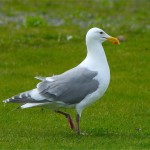 ange in the residency of yearling coho salmon in the Strait, as evidenced by the loss of spring ‘Bluebacks’. The consensus opinion is that this is likely related to the loss of small forage fishes as their over winter diet.
ange in the residency of yearling coho salmon in the Strait, as evidenced by the loss of spring ‘Bluebacks’. The consensus opinion is that this is likely related to the loss of small forage fishes as their over winter diet. - Harbour seals have increased in abundance from a few thousand animals in the Strait during the early 1970s to about 40,000 today. They feed on both adult and juvenilesalmonids.
- What controls the productivity of the Strait of Georgia (including timing mismatches)?
- What properties/characteristics of the Strait of Georgia ecosystem provide resilience against major disruptions and collapses of the system?
Spotlight on Biological Research in the Strait of Georgia
Every year since 1999, DFO has held an annual State of the Pacific Ocean meeting to present the results of the most recent year’s monitoring in the context of previous observations and expected future conditions. These projects have been reported in DFO’s State of the Pacific Ocean reports.
The Salish Sea Marine Survival Project
The marine survival of Chinook and coho salmon and steelhead populations in the Salish Sea have declined by up to 90%, and their abundance remains well below what it was 30 years ago. This is despite considerable investments in hatchery and harvest reform as well as habitat protection and restoration. Evidence suggest that the problem lies with factors within the Salish Sea—the combined waters of the Strait of Georgia and Puget Sound.
The Salish Sea ecosystem has changed significantly over the past 30 years, and the problems facing our salmon there are likely due to the interaction of many overlapping factors. These include changing water temperatures, reductions in food supply such as plankton and forage fish, marine mammal increases, contaminants, and disease, to name a few.
The Salish Sea Marine Survival Project leverages human and financial resources from Canada and the United States to determine the most significant factors affecting the survival of juvenile salmon and steelhead in the Salish Sea marine environment. It is the largest-scale and most important research effort of its kind in the shared water of Washington State and British Columbia. This project is undertaking a study of all biological and environmental factors simultaneously to more fully understand the limits to salmon production and the workings of this marine ecosystem.
Read more about this project here: Salish Sea Marine Survival Project
Marine Species Lists
We have partnered with FishBase and SeaLifeBase to create species lists and ecosystem records for the Strait of Georgia. See the page below for more information on the finfish, marine mammal and invertebrate species found in the Strait of Georgia.
Useful Links
DFO’s State of the Pacific Ocean
Significant changes have occurred in recent years in physical and biological oceanographic conditions and the state of fishery resources in British Columbia. The State of the Ocean reports provide a synopsis of current status, how it is changing, and how these changes may affect commercial and non-commercial resources in the region.
DFO’s Ecosystem Research Initiative
DFO’s Strait of Georgia Ecosystem Research Initiative was carried out to answer two main questions around Productivity and Ecosystem Resilience:
Details of the key programs and a synthesis of the key findings of this program can be found on this website.
Cohen Inquiry technical reports
The Cohen Inquiry into the possible causes of the 2009 decline of Fraser River sockeye salmon resulted in the publication of a number of reports, including 12 technical reports that are available on the Commission’s website.
CPAWS Southern Strait of Georgia Marine Conservation Area
Vancouver Aquarium Wild Killer Whale Adoption Program
Seachange Marine Conservation Society
UBC Institute for the Oceans and Fisheries
Vancouver Aquarium Howe Sound Group
Mount Arrowsmith Biosphere Reserve
Marine Mammal Research Consortium
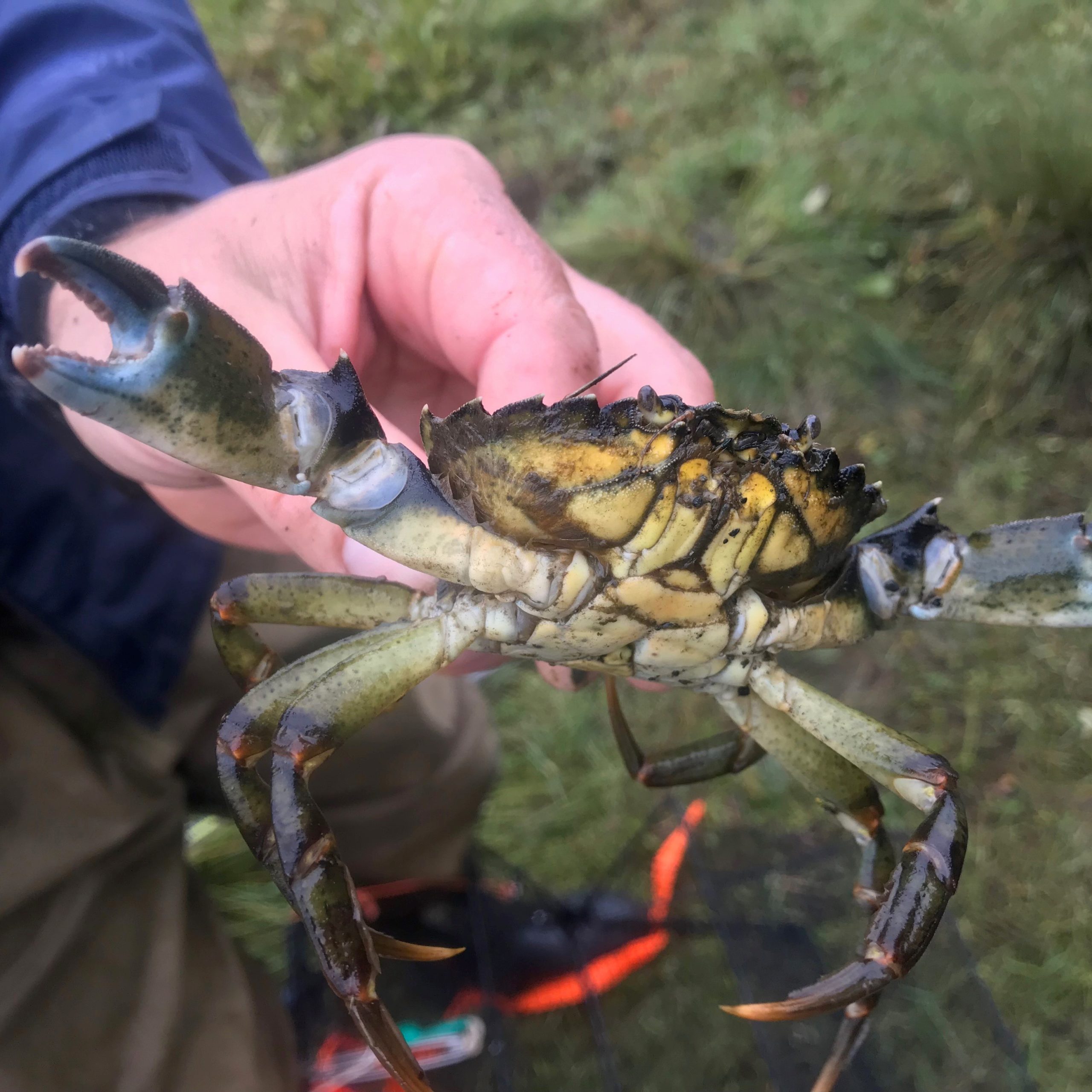
Aquatic Invasive Species
European Green Crab Species Description 5 spines (or marginal teeth) to the outside of each eye Up to 10 cm across the carapace (or back shell) Wider at the front than back of carapace … Read more »

Marine Species Lists
We have partnered with FishBase and SeaLifeBase to create species lists and ecosystem records for the Strait of Georgia. FishBase is a global species database of fish species (specifically finfish). It is the largest and most extensively accessed… Read more »



